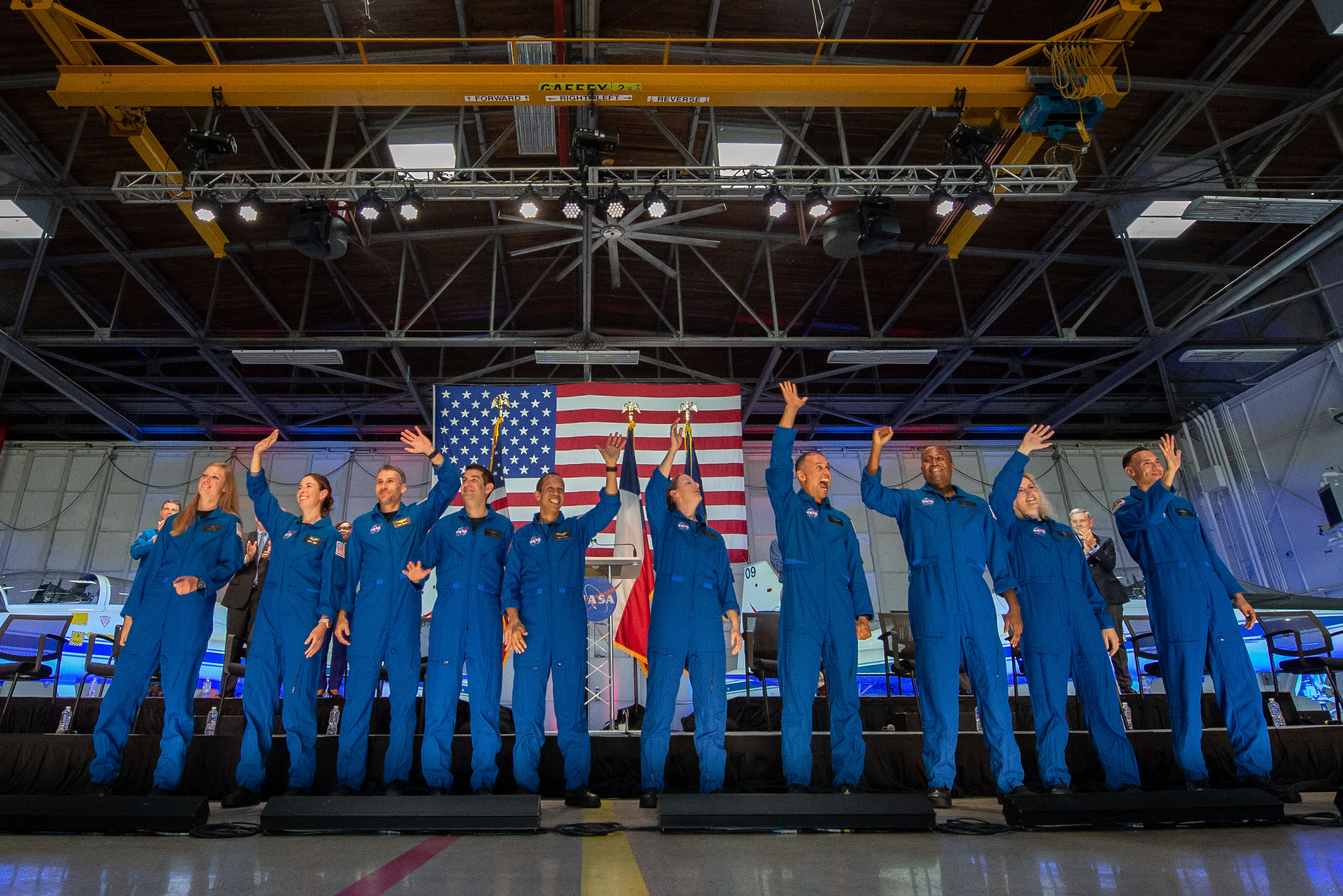New Report Analyzes Long History of NASA Support for Commercial Space
NASA published a new report Thursday highlighting 17 agency mechanisms that have directly and indirectly supported the development and growth of the U.S. commercial space sector for the benefit of humanity. The report, titled Enabling America on the Space Frontier: The Evolution of NASA’s Commercial Space Development Toolkit, is available on the agency’s website. “This […]

3 min read
Preparations for Next Moonwalk Simulations Underway (and Underwater)
NASA published a new report Thursday highlighting 17 agency mechanisms that have directly and indirectly supported the development and growth of the U.S. commercial space sector for the benefit of humanity.
The report, titled Enabling America on the Space Frontier: The Evolution of NASA’s Commercial Space Development Toolkit, is available on the agency’s website.
“This is the most extensive and comprehensive historical analysis produced by NASA on how it has contributed to commercial space development over the decades,” said Alex MacDonald, NASA chief economist. “These efforts have given NASA regular access to space with companies, such as SpaceX and Rocket Lab, modernizing our communications infrastructure, and even led to the first private lunar lander thanks to Intuitive Machines. With commercial space growth accelerating, this report can help agency leaders and stakeholders assess the numerous mechanisms that the agency uses to support this growth, both now and in the future.”
Throughout its history, NASA has supported the development of the commercial space sector, not only leading the way in areas such as satellite communications, launch, and remote sensing, but also developing new contract and operational models to encourage commercial participation and growth. In the last three decades, NASA has seen the results of these efforts with commercial partners able to contribute more to missions across NASA domains, and increasingly innovative agency-led efforts to engage, nurture, and integrate these capabilities. These capabilities support the agency’s mission needs, and have seen a dramatic rise in importance, according to the report.
NASA has nurtured technology, companies, people, and ideas in the commercial space sector, contributing to the U.S. and global economies, across four distinct periods in the agency’s history:
- 1915–1960: NASA’s predecessor, the National Advisory Committee on Aeronautics (NACA), and NASA’s pre-Apollo years.
- 1961–1980: Apollo era.
- 1981–2010: Space shuttle era.
- 2011–present: Post-shuttle commercial era.
Each of these time periods are defined by dominant technologies, programs, or economic trends further detailed in the report.
Though some of these mechanisms are relatively recent, others have been used throughout the history of NASA and NACA, leading to some overlap. The 17 mechanisms are as follows:
- Contracts and Partnership Agreements
- Research and Technology Development (R&TD)
- Dissemination of Research and Scientific Data
- Education and Workforce Development
- Workforce External Engagement and Mobility
- Technology Transfer
- Technical Support
- Enabling Infrastructure
- Launch
- Direct In-Space Support
- Standards and Regulatory Framework Support
- Public Engagement
- Industry Engagement
- Venture Capital Engagement
- Market Stimulation Funding
- Economic Analysis and Due Diligence Capabilities
- Narrative Encouragement
NASA supports commercial space development in everything from spaceflight to supply chains. Small satellite capabilities have inspired a new generation of space start-ups, while new, smaller rockets, as well as new programs are just starting. Examples include CLPS (Commercial Lunar Payload Services), commercial low Earth orbit destinations, human landing systems, commercial development of NASA spacesuits, and lunar terrain vehicles. The report also details many indirect ways the agency has contributed to the vibrance of commercial space, from economic analyses to student engagement.
The agency’s use of commercial capabilities has progressed from being the exception to the default method for many of its missions. The current post-shuttle era of NASA-supported commercial space development has seen a level of technical development comparable to the Apollo era’s Space Race. Deploying the 17 commercial space development mechanisms in the future are part of NASA’s mission to continue encouraging commercial space activities.
To learn more about NASA’s missions, please visit:
Share
Details
Related Terms
What's Your Reaction?



















.jpg?#)

































